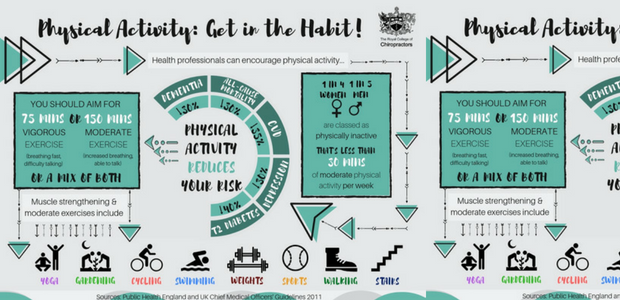Daily Practices That Result In Pain In The Back And Techniques For Avoidance
Daily Practices That Result In Pain In The Back And Techniques For Avoidance
Blog Article
Web Content Writer-Love Dempsey
Maintaining correct position and staying clear of usual challenges in day-to-day activities can substantially affect your back health. From just how you sit at your desk to how you raise hefty objects, small changes can make a large difference. Visualize a day without the nagging pain in the back that prevents your every move; the solution might be simpler than you think. By making a few tweaks to your everyday practices, you could be on your way to a pain-free presence.
Poor Posture and Sedentary Way Of Life
Poor position and an inactive way of living are 2 significant factors to pain in the back. When you slouch or inkling over while resting or standing, you put unneeded strain on your back muscular tissues and spinal column. This can cause muscle mass discrepancies, stress, and at some point, chronic neck and back pain. In addition, sitting for extended periods without breaks or physical activity can compromise your back muscle mass and lead to tightness and discomfort.
To fight poor position, make a conscious effort to rest and stand straight with your shoulders back and lined up with your ears. Keep in mind to keep your feet flat on the ground and stay clear of crossing your legs for prolonged durations.
Incorporating regular extending and reinforcing exercises right into your everyday routine can additionally assist enhance your stance and minimize back pain associated with an inactive way of living.
Incorrect Lifting Techniques
Improper training methods can significantly add to neck and back pain and injuries. When you lift hefty objects, keep in mind to flex your knees and utilize your legs to raise, rather than relying on your back muscle mass. Avoid turning your body while lifting and keep the item near your body to lower pressure on your back. It's essential to preserve a straight back and prevent rounding your shoulders while raising to stop unnecessary pressure on your spine.
Always evaluate the weight of the object prior to raising it. If it's also heavy, request for assistance or usage devices like a dolly or cart to transport it safely.
Keep in mind to take breaks during raising jobs to provide your back muscles a chance to rest and prevent overexertion. By carrying out proper lifting methods, you can prevent neck and back pain and minimize the danger of injuries, guaranteeing your back remains healthy and strong for the long term.
Absence of Normal Workout and Extending
A less active way of living devoid of routine workout and stretching can considerably contribute to back pain and discomfort. When you do not participate in exercise, your muscle mass become weak and stringent, resulting in bad stance and boosted strain on your back. Regular exercise helps enhance the muscular tissues that sustain your back, boosting stability and reducing the threat of neck and back pain. Integrating extending into your routine can additionally enhance flexibility, stopping stiffness and discomfort in your back muscle mass.
To avoid pain in the back triggered by an absence of exercise and stretching, go for a minimum of 30 minutes of modest exercise most days of the week. Consist of exercises that target your core muscles, as a solid core can aid alleviate pressure on your back.
In addition, take breaks to extend and move throughout the day, especially if you have a workdesk work. Easy stretches like touching your toes or doing shoulder rolls can assist alleviate tension and prevent neck and back pain. Prioritizing holistic doctor austin tx and extending can go a long way in preserving a healthy and balanced back and decreasing pain.
back hurting , remember to sit up right, lift with your legs, and stay active to prevent back pain. By making simple modifications to your everyday routines, you can stay clear of the discomfort and constraints that include pain in the back. Look after your spine and muscular tissues by exercising good position, appropriate training techniques, and regular workout. Your back will certainly thanks for it!
